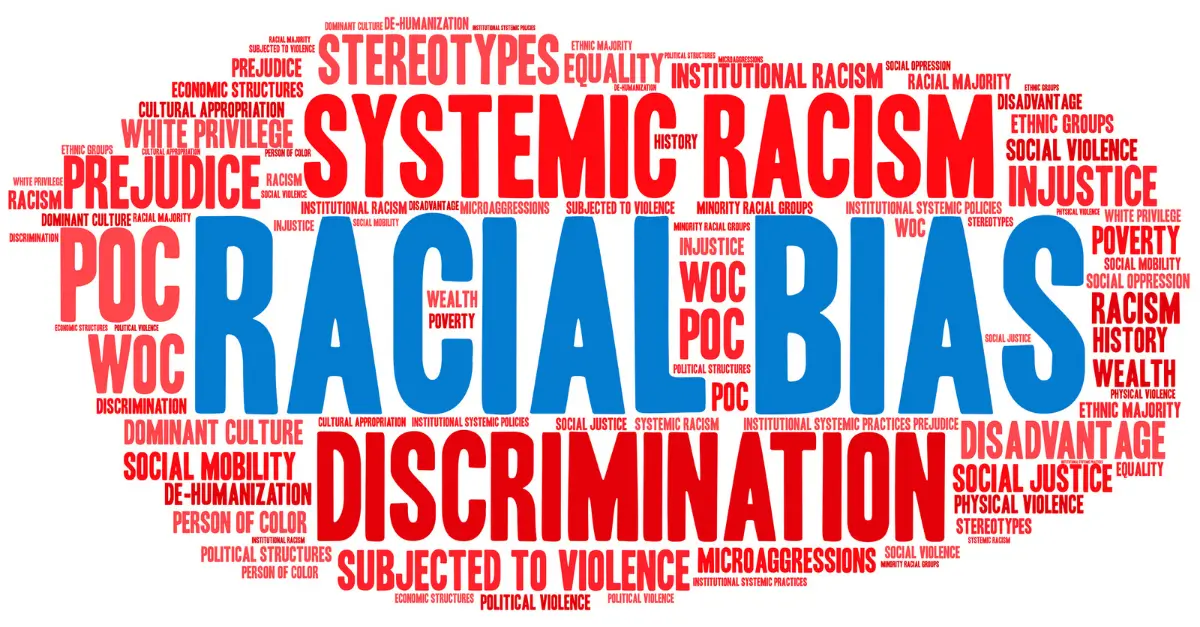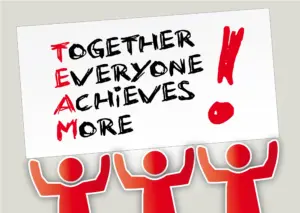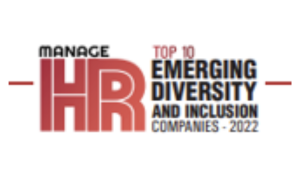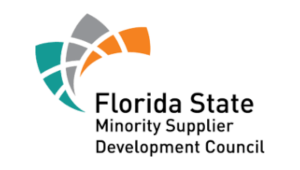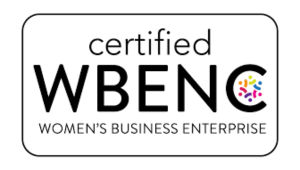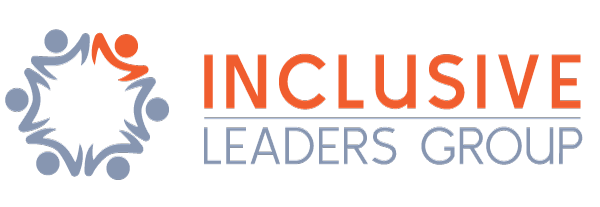I (like almost everyone) was devastated by the sight of George Floyd’s murder at the hands of Minneapolis police late in May, 2020 following the murders of Rayshard Brooks, Breonna Taylor, and too many others.
However, my spirits were lifted somewhat by the global protests led by the Black Lives Matter movement reminded many that Black people often experience a harsher standard of treatment at the hands of the police than White people do. The volume and diversity of people that began speaking out on social media against discrimination and police brutality, and organizing and attending diverse protests worldwide, indicated that the push toward greater accountability and racial equality in law enforcement was gaining momentum.
Corporate Employers Promised Committed Actions To Fight Racism
Almost immediately corporate America felt compelled to respond in some way. We saw corporations and brands quickly release a statement against racism, and many made donations to civil rights groups. As the protests continued into the Summer of 2020, more companies, including those that had already made an initial response, took actions against racism that felt stronger and longer lasting.
Sadly, my initial optimism has been dashed as first Covid-19 and now the Delta variant has disproportionately affected workers of color, as the economic lockdowns that resulted from it most directly affected the lower-income service sector, in which Black and Hispanic workers make up a huge part of the talent pool. The past year has also seen a spike in anti-Asian crimes of violence, driven in part by the false characterization of COVID-19 as the “China flu.”
There’s Much More To Do in 2021
The earlier promises by CEOs to drive actions toward promoting diversity, inclusivity, and equity in the workplace is falling flat:
- A USA TODAY analysis of dozens of top firms’ previously undisclosed hiring records found that executive roles remain overwhelmingly white and male, while Black and Hispanic workers — particularly women — ranked the lowest.
- A survey of almost 1,300 human resource professionals showed a disconnect between White and Black HR staffers about just how big a problem racial discrimination is at their place of work.
- In another survey of more than 1,250 workers conducted by the Society for Human Resource Management, 35% of Black employees said there was racial inequity at their job, compared to 7% of White workers who said the same.
Vanderbilt Professor Tim Vogus Shares 10 Ways To Fight Systemic Racism
Last summer, in response to the resurgence of the Black Lives Matter movement, Vanderbilt Business faculty have been hosting a series of virtual talks to help the community understand racial discrimination and biases and learn about ways to mitigate racism in the U.S., Tim Vogus, Brownlee O. Currey, Jr., Professor of Management, contributed with a talk on biases in the workplace and remedies for systemic racism.
During his talk, he discussed 10 steps to mitigate systemic racism in the workplace, beginning with three things that any individual employee can do:
- Change your mindset.
Vogus recommended that people activate a growth mindset: the belief that you can improve with time, effort, and feedback. This is made possible through acknowledging the limits of your current knowledge and constantly learning to become less racist. “It’s shifting that mindset from prejudice… to enjoying the opportunity to have intercultural, interracial dialogue,” Vogus said. “So, it’s a more engaged, learning-oriented process.”
- Rethink how you build relationships.
When it comes to building relationships, Vogus suggested systematically assessing and broadening your network. Look at your personal network — for example, check the demographics of who you follow on social media. Following diverse people can open your eyes to different experiences and challenges people go through.
- Check that you’re engaging constructively.
Once you build those relationships, engage with people affirmatively by opening discussions. One example Vogus gave is telling the people in your network who deal with racism on a daily basis that you care and asking them if there is anything you could do to be supportive. Remember to engage for the right reasons: this discussion should be for the other person, not you.
The next four steps were what you can do interpersonally to address biases:
- Use privilege in a constructive way.
According to a study, white people confronting White people who express racial stereotypes are judged less negatively by the offenders than Black people who confront them. It also decreases future stereotyping by the offenders. Therefore, Vogus encouraged White people to use their privilege to reduce racism by addressing it head on.
- Be aware of the prevalence of stereotyping.
When people become aware of the prevalence of stereotyping, they can actively try to avoid thinking about people in such a manner. One approach to take is counter-stereotyping: thinking of an idea or person that goes against the standard stereotype. “It eliminates some of these stereotype-based biases, so engaging in counter-stereotyping might be a helpful way to do it,” Vogus explained.
- Be more systematic about how you think about your meetings.
Biases of all kinds frequently emerge in meetings. Regularly check for bias by reflecting on your meeting — consider who’s speaking for the majority of the meetings, who gets interrupted while speaking, and who gets credit for the proposal. This can help promote accountability.
- Reframe difference.
Racial diversity can cause people to feel discomfort and experience interpersonal conflict. Vogus explained that a different norm — talking about differences instead of commonalities within a group of people who are working together — can be a potential solution. It may prompt broader thinking, widen information exchange, and generate more innovative work.
Finally, here are three ways organizations can fight systemic racism:
- Reframe the organization positively.
Vogus suggested that organizations not only improve representation of minorities (diversity) but also create a sense of belonging and support for them (inclusion). He also recommended reframing diversity as a moral opportunity rather than a problem that needs to be addressed. In order to do that, organizations can embrace equity and fairness norms and promote cross-racial relationships.
- Promote social accountability.
Organizations can also promote social accountability by declaring their intentions and announcing when, where, and how they will reach a specific goal. Vogus gave the example of a firm that noticed that its managers gave African-Americans smaller raises than whites. The organization started posting each unit’s pay raise by race and gender, which led the gaps in the pay raises to disappear.
- Restructure key processes.
Another remedy is restructuring key processes, such as employee evaluations and hiring interviews, that can easily be swayed by prejudices. For example, organizations can use structured interviews so that every candidate gets the same questions in the same order and is scored in the same way. “Be willing to think big and invest accordingly,” Vogus said.
The INCLUSIVE ENTERPRISE Podcast Episode
Join me and my co-host Brian Hughes as we welcome interview guests; Professor Tim Vogus and Inclusive Leaders Group Senior Consultant and Cornell University Board Member, Reginald H. White to the INCLUSIVE ENTERPRISE Podcast episode “How You Can Fight Systemic Racism in the Workplace” Listen now and subscribe
 Charlotte F. Hughes is the successful Co-founder and CEO of Inclusive Leaders Group, LLC where she has designed and directed DEI talent and organizational development strategies that have been implemented by Fortune 500 companies, large and small healthcare systems, and some of the largest global non-profits. Charlotte is a widely sought-after speaker and thought leader on issues ranging from allyship & belonging, inclusive leadership, to everyday practices for building a healthy inclusive culture. Each presentation is based on research, tailored to the specifics of the group, and presented with Charlotte’s recognized levels of introspection, self-awareness, and painting a picture through storytelling.
Charlotte F. Hughes is the successful Co-founder and CEO of Inclusive Leaders Group, LLC where she has designed and directed DEI talent and organizational development strategies that have been implemented by Fortune 500 companies, large and small healthcare systems, and some of the largest global non-profits. Charlotte is a widely sought-after speaker and thought leader on issues ranging from allyship & belonging, inclusive leadership, to everyday practices for building a healthy inclusive culture. Each presentation is based on research, tailored to the specifics of the group, and presented with Charlotte’s recognized levels of introspection, self-awareness, and painting a picture through storytelling.

